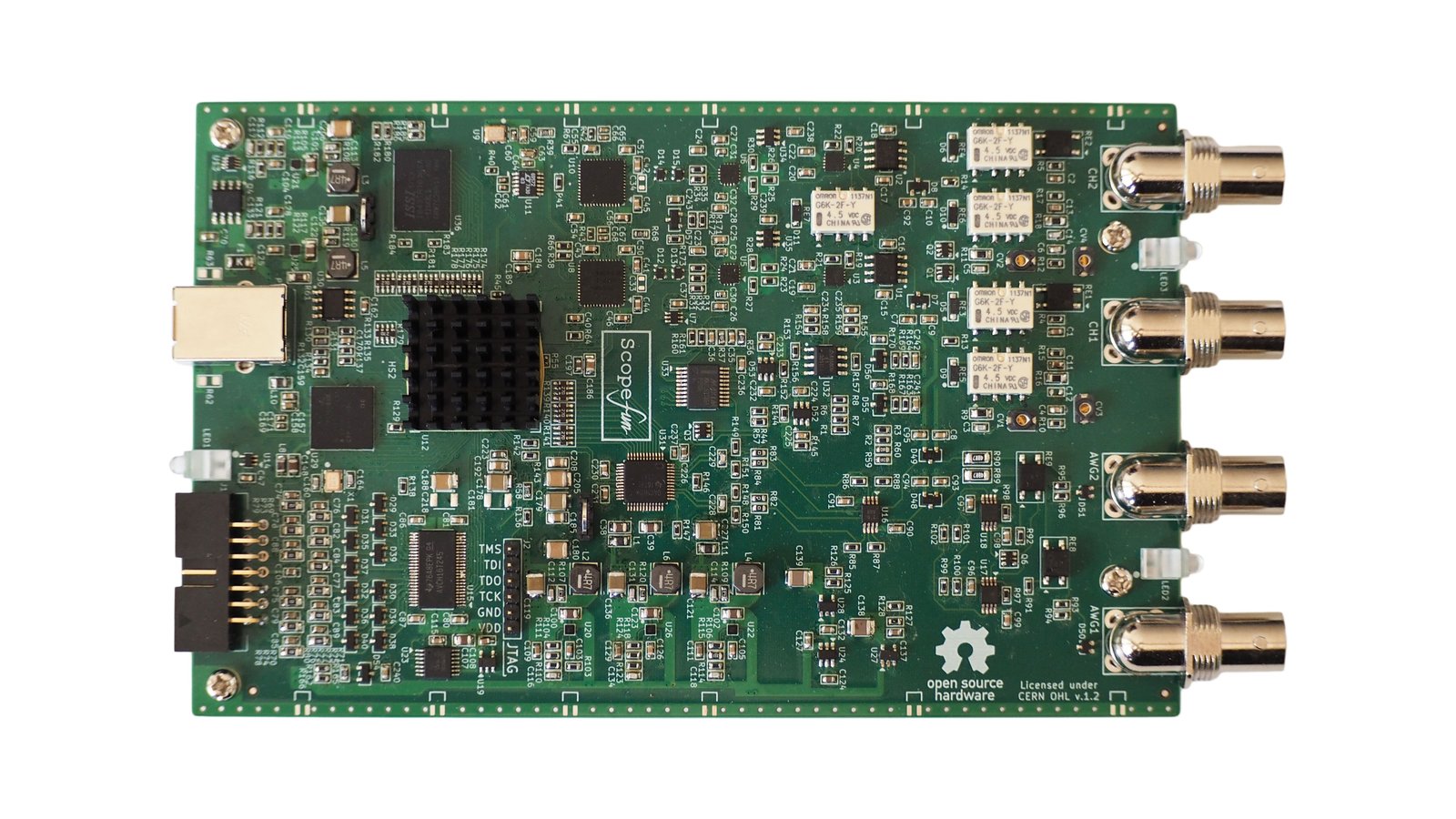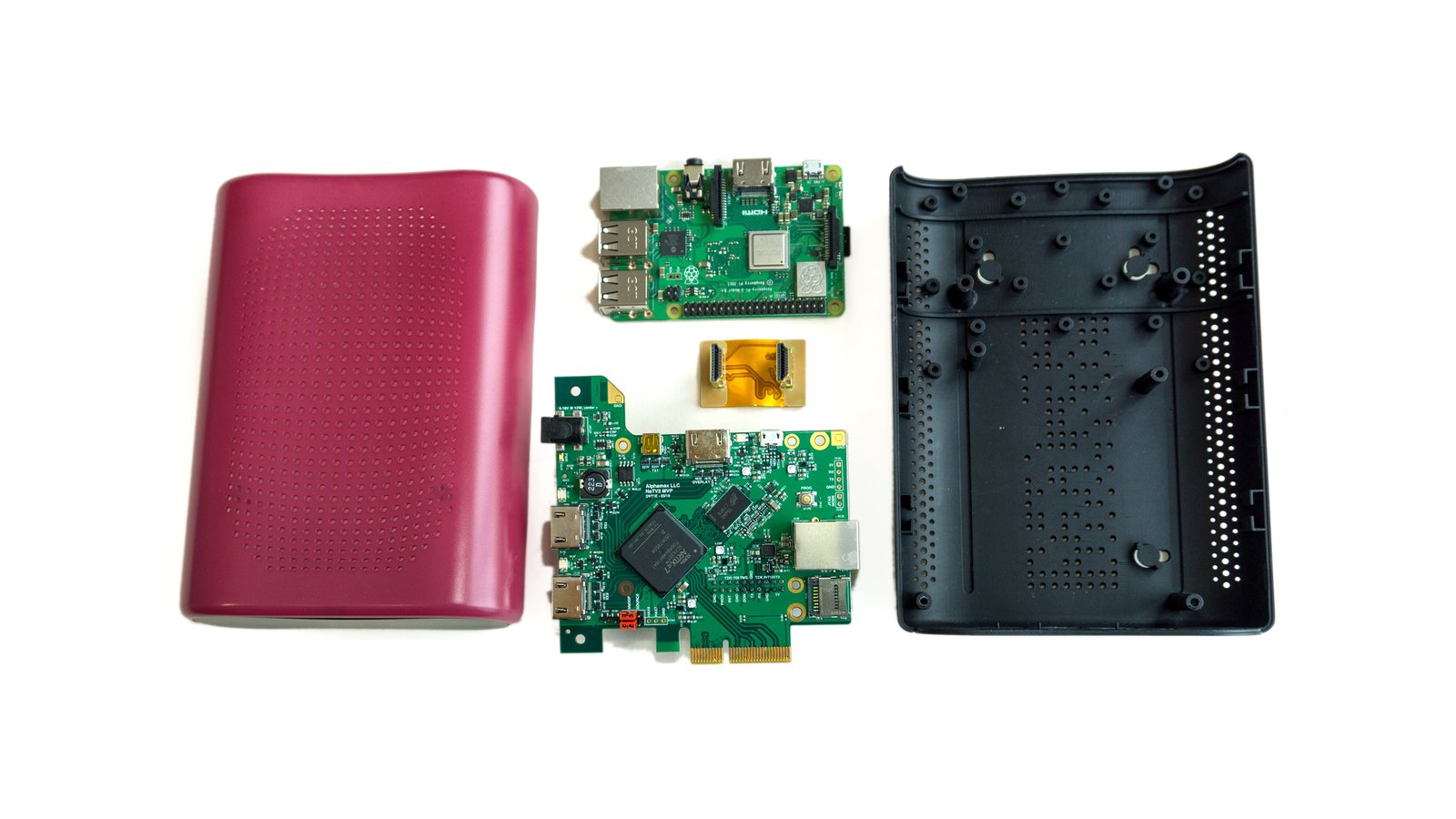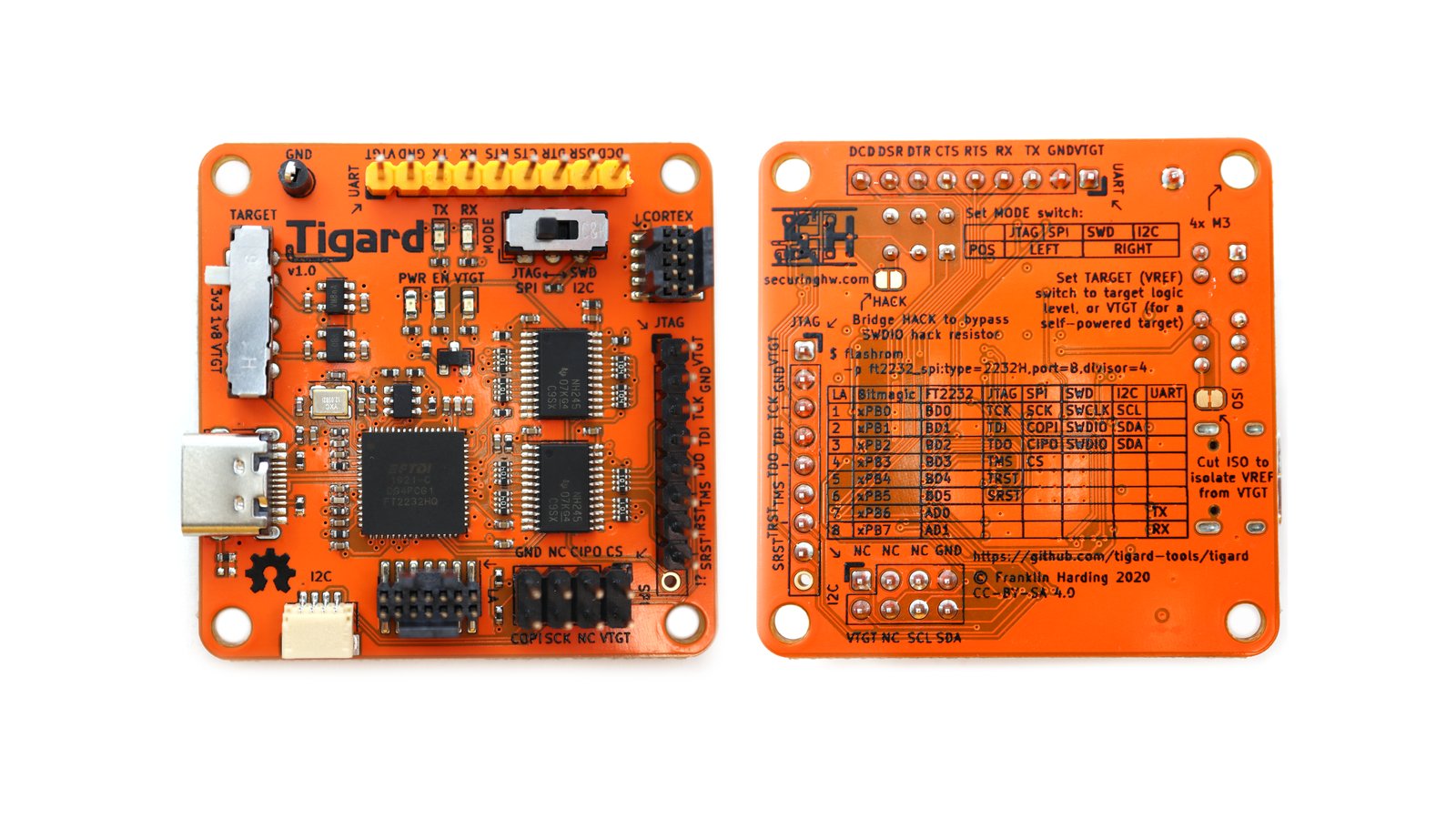apf.audio
Audio & Music
FPGA Boards
apf.audio
Audio & Music
FPGA Boards
Tiliqua aims to make FPGA-based audio and video synthesis accessible to everyone. The Tiliqua hardware architecture, alongside a comprehensive collection of example projects built in Python (Amaranth HDL), allows you to experiment with synthesis techniques that are out of reach of embedded microcontroller-based platforms. Think extreme oversampling for alias-free audio-rate modulation, low-latency effects, video synthesis, and high-speed USB audio.
Tiliqua can store up to 8 projects (bitstreams) simultaneously—you can switch between them at runtime without needing a PC. Out of the box, Tiliqua can be:
As the project develops and with community contributions, we hope to add many more.
Tiliqua itself is modular—the FPGA core (an integrated System-on-Module in M.2 form factor) can be removed and embedded in your projects. The audio interface section can be decoupled and connected to other FPGA development platforms. Pictured above, Tiliqua contains the following key components:
dbg: Included RP2040-based JTAG debugger supported by openFPGAloaderusb2: USB PHY connected directly to FPGA for high-speed USB Audio supportUsing the 2 expansion headers, Tiliqua can be augmented with:
Design files and example projects for Tiliqua can be found on our GitHub. We also have design files for the audio interface section for you to browse.
You can sign up at the top of this page to be notified when the campaign launches and to receive other updates. We only send out relevant content, and you can unsubscribe at any time.
"With eight audio channels as standard, expandable to 24, MIDI, and USB connectivity, the Tiliqua targets flexibility."
"Tiliqua is an open-source FPGA-based synthesizer. "


Open Source All-in-One Instrumentation

An open video development board in a PCI express form factor that supports overlaying content on encrypted video signals. Let's bring open video to the digital age!

An open source FT2232H-based, multi-protocol, multi-voltage tool for hardware hacking